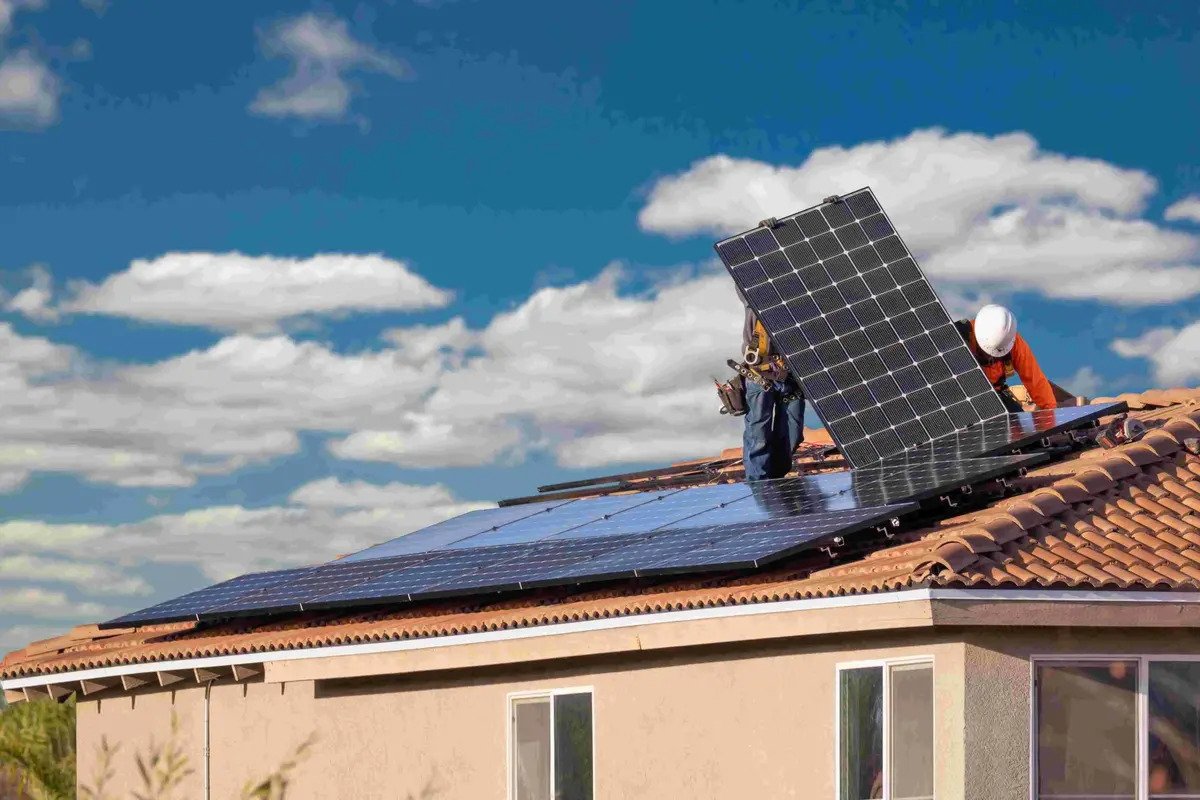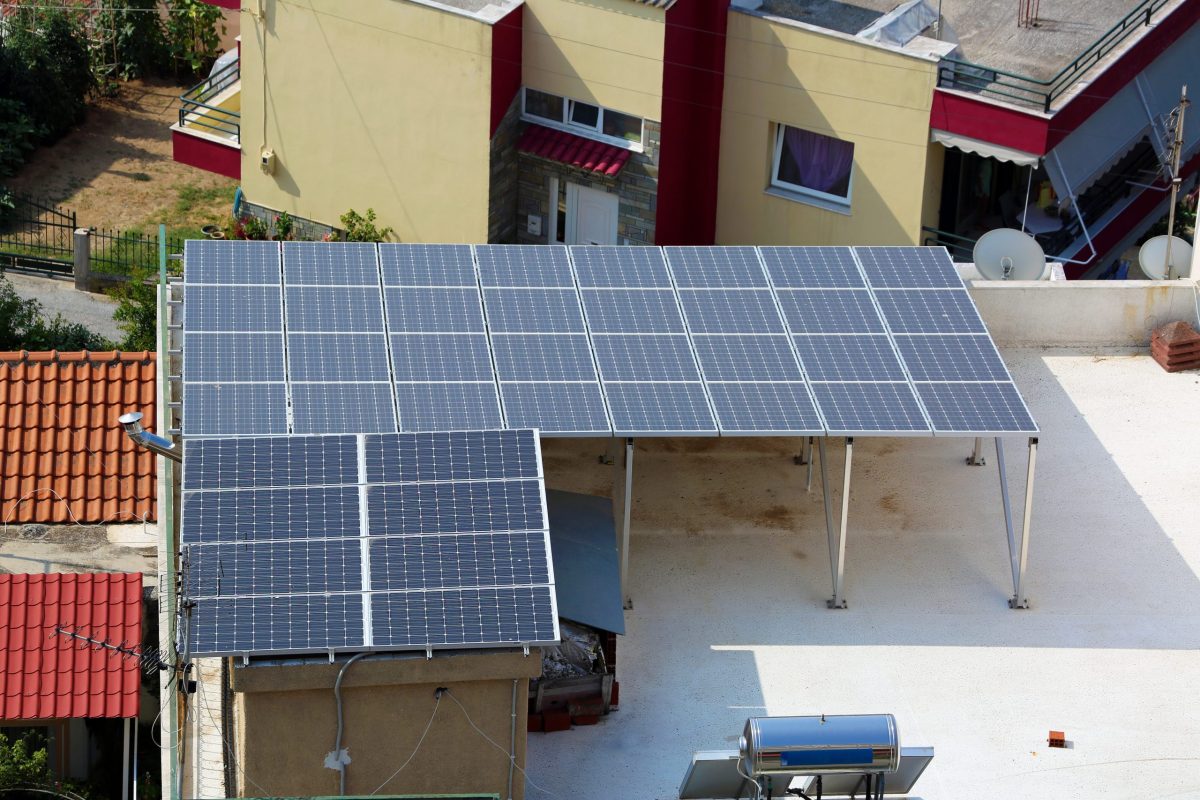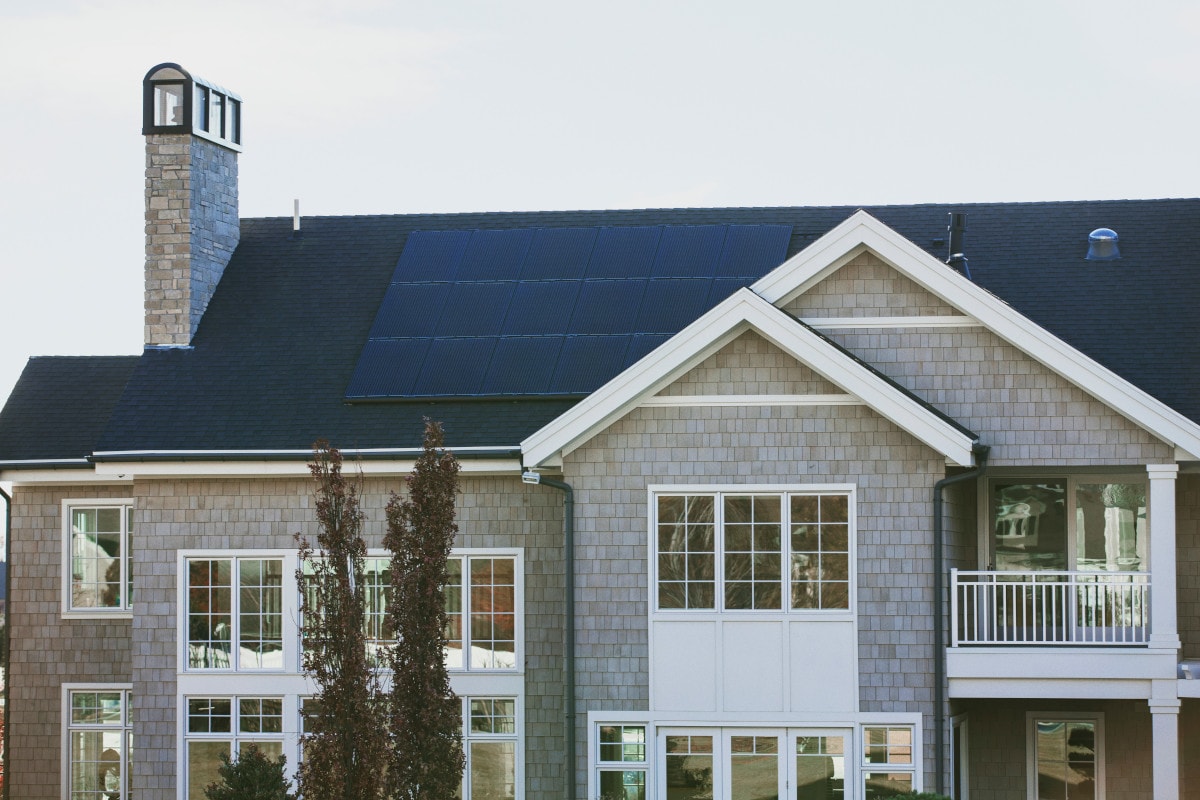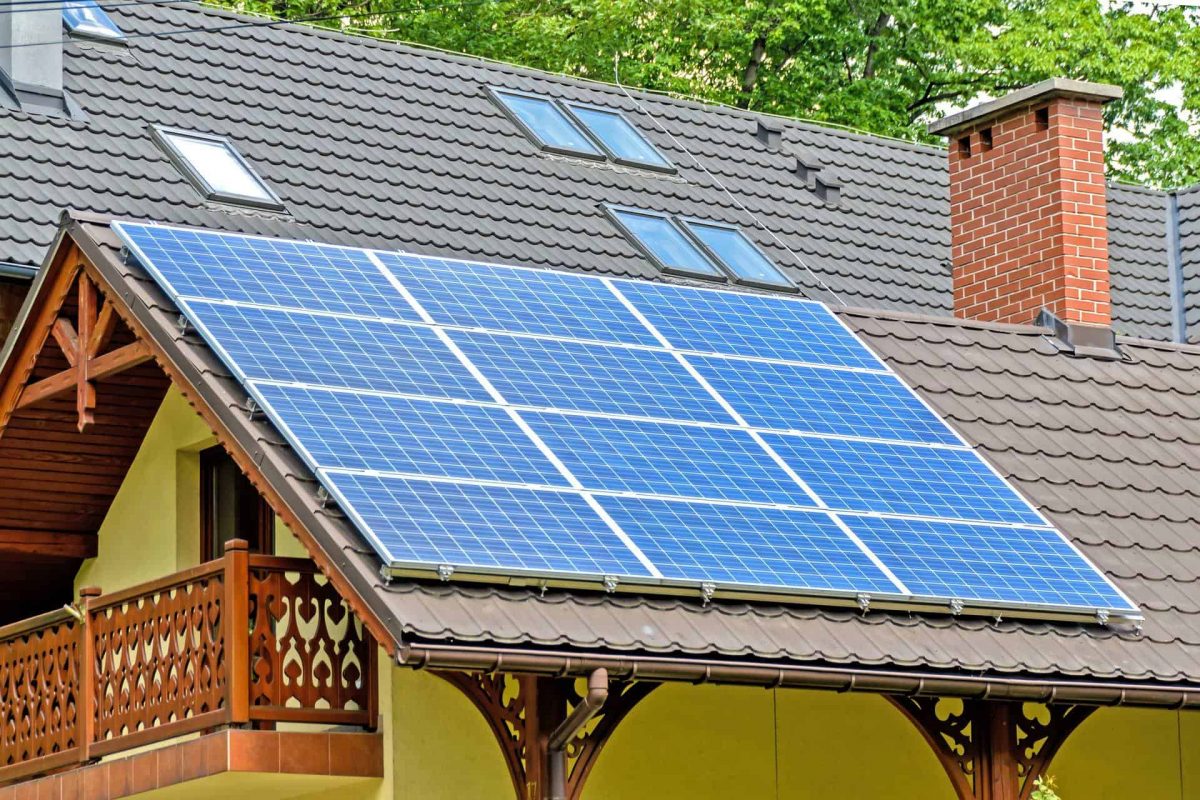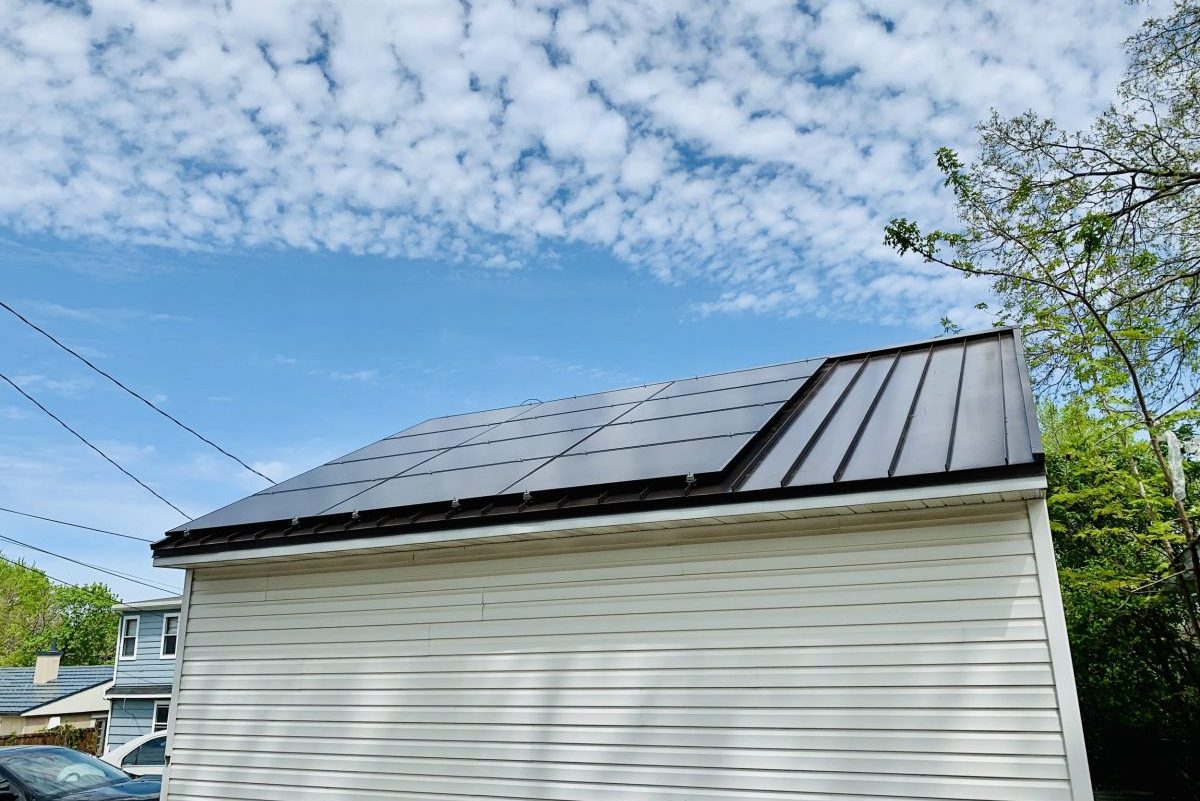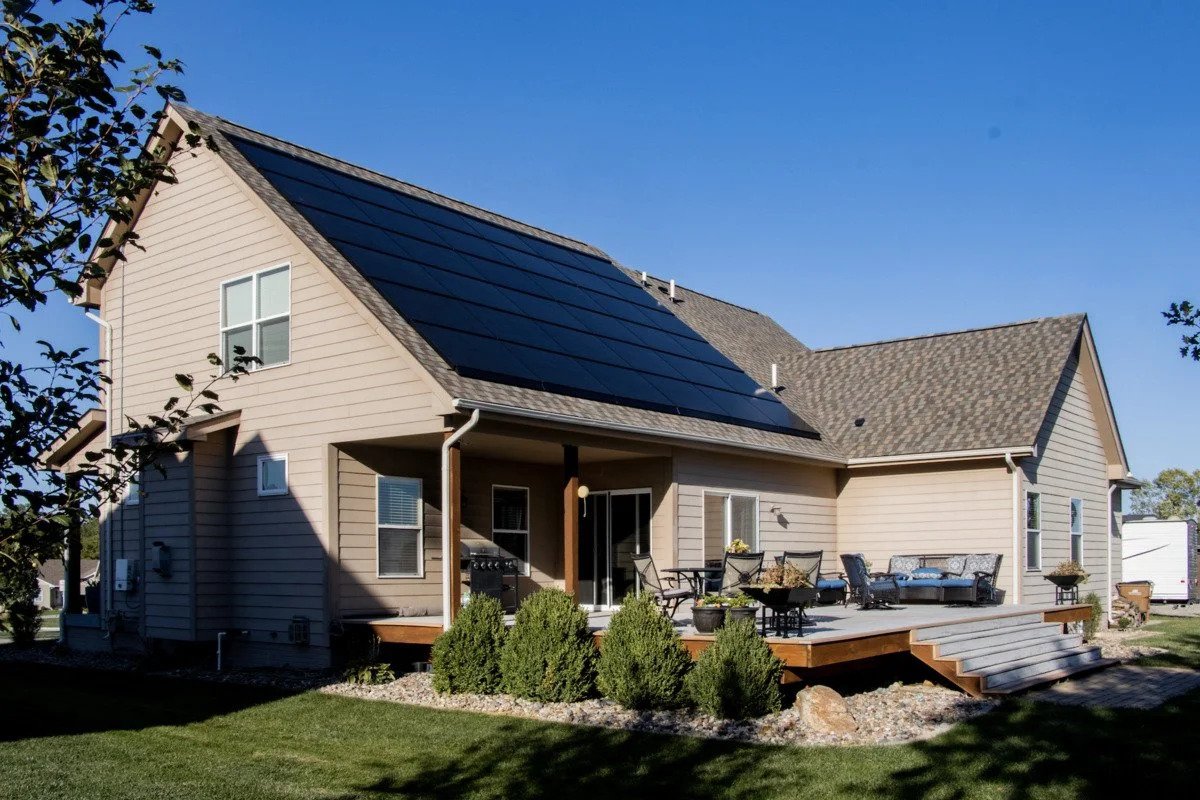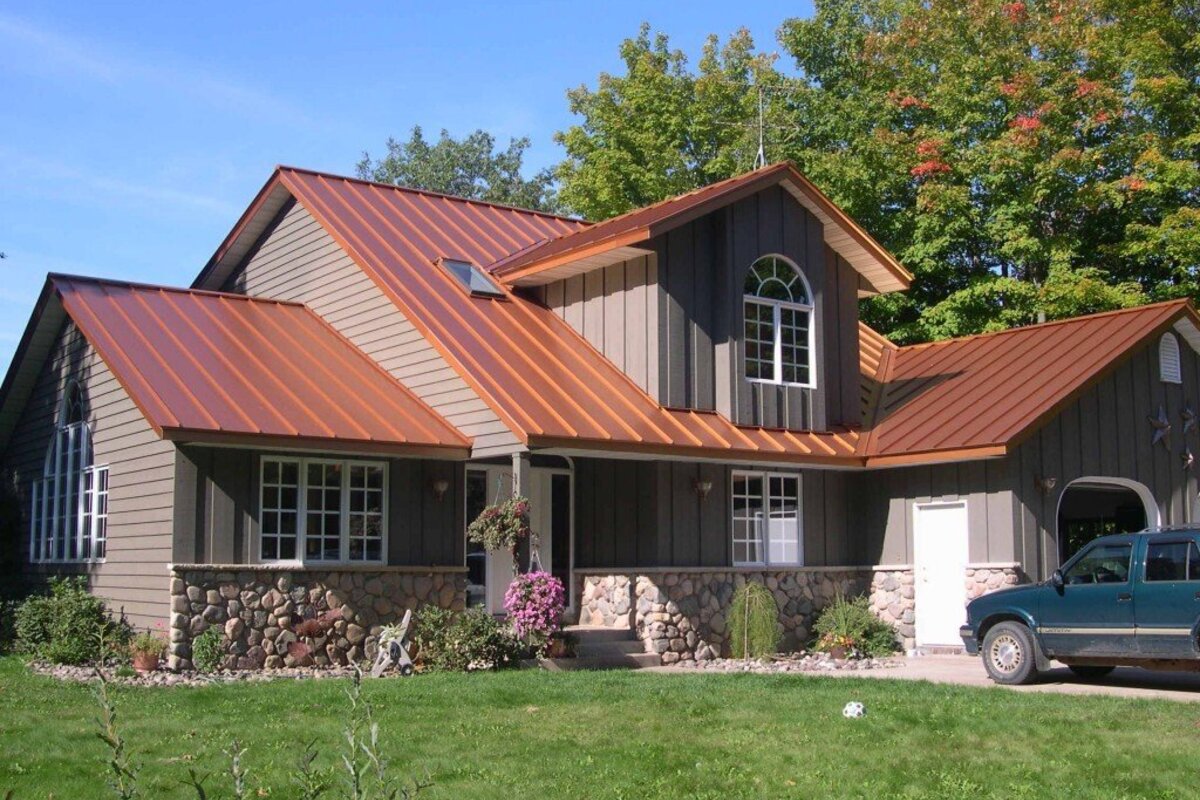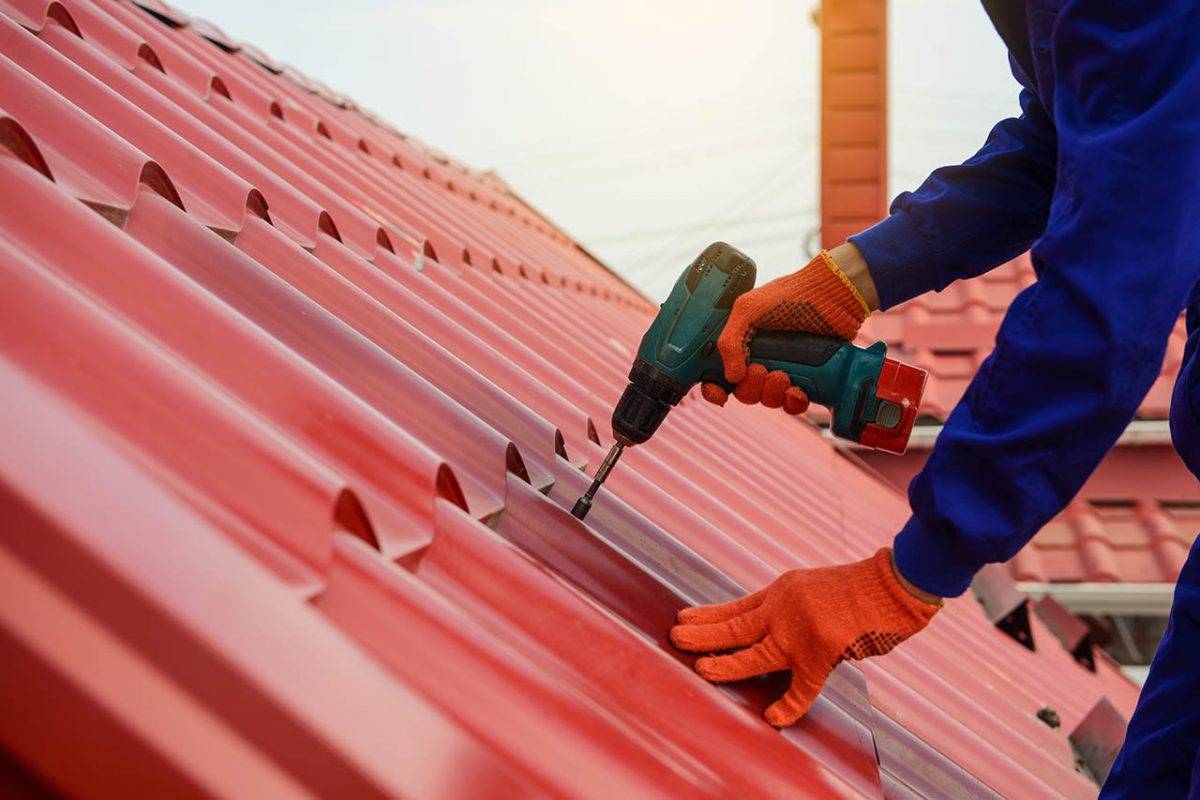Solar panels are not magical materials. Like electronics and machines, solar panels can’t perform at full capacity throughout their lifespan.
After a number of years, it will degrade and lose a percentage of its capacity. There are various reasons for solar panel degradation, including manufacturing, installation, maintenance, weather conditions, etc.
What does solar degradation mean?
When a solar panel degrades, it loses its capacity to harvest energy from the sun and convert it into usable electricity. In other words, its efficiency is reduced.
Solar panel warranties last for about 25 to 30 years, the amount of time when most solar panels will have lost 20% of their efficiency. On average solar panels degrade by at least 0.5% every year until they die out.
Causes of Degradation
Solar panel degradation can be caused by natural wear and tear, quality, maintenance, and installation.
Natural wear and tear is also known as aging and causes degradation. It’s how a solar panel’s life goes after many exposures to changing weathers and temperatures, which can contaminate the PV cells, corrode the frames, or harden the crystalline silicon.
These conditions eventually lead to cracks affecting the panels’ electrical connections.
Low-quality materials and components used in making solar panels also cause degradation, reduce capacity, and require more maintenance work. So, it’s wise to find high-quality materials from trusted providers.
Additionally, poorly installed and maintained solar panels also have shorter lifespans. Without proper installation, electrical hazards may occur. Rough installation that puts too much pressure on the panels also makes them crack.
Finally, lack of maintenance can cause dust, emissions, and drippings to accumulate. Also, the damages caused by nature will be left unchecked until they worsen and degrade the solar panels.

